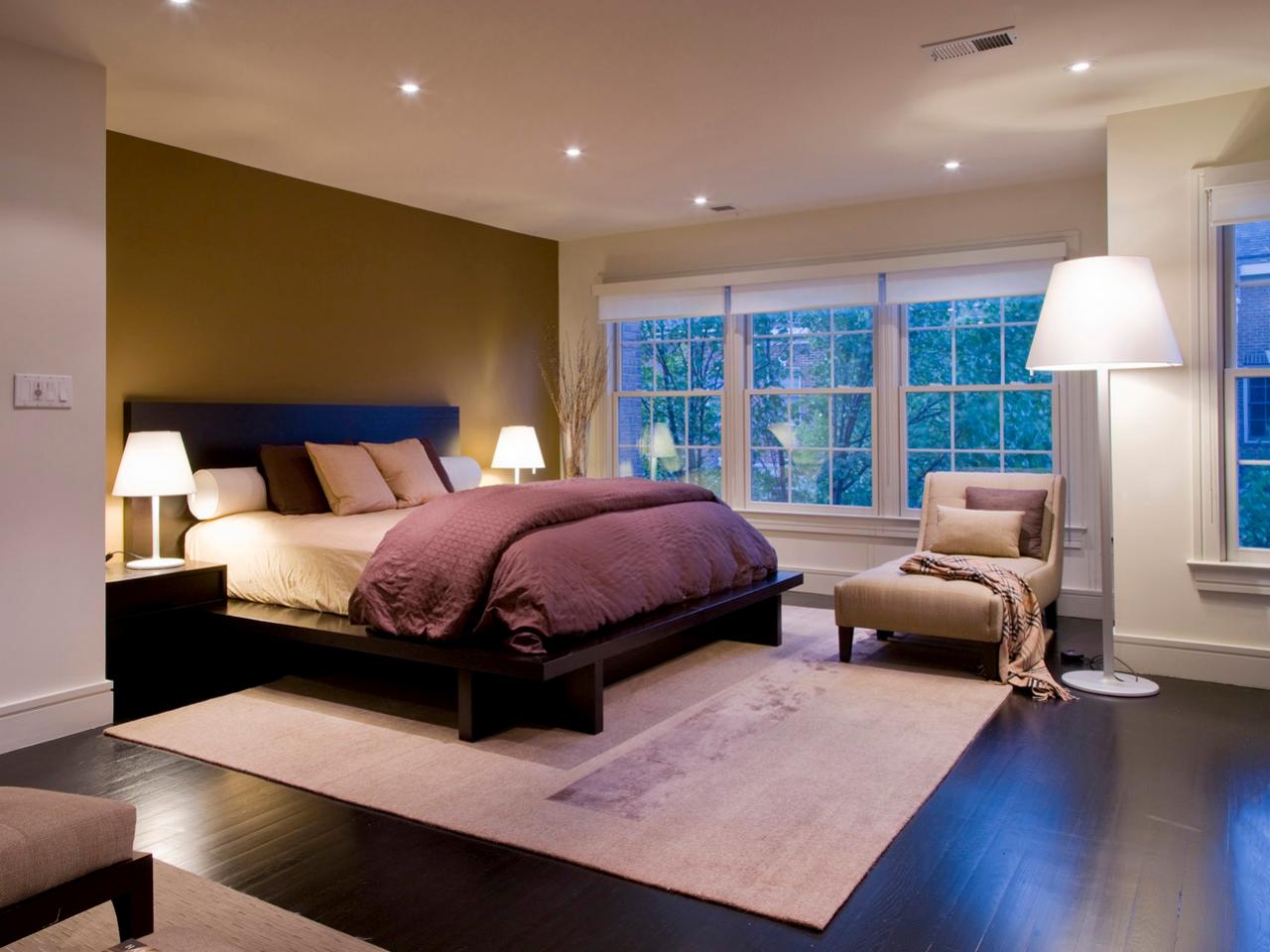Today’s fast-paced lifestyles and cultural emphasis on work-life balance have made working from home a common arrangement. Most houses these days have a home office or a study, and the way they are set up can directly affect productivity. An environment where you can be inspired to work without interruption is the key to a great home office design.
There are a few things to consider when designing or decorating a home office – lighting, furniture and organization.
Adequate lighting is necessary for a person to stay focused without getting eye strain. Unlike the living room or the dining room where you want cozy, warm lighting, a home office should be bright, awash in direct light. Purchase a good desk lamp or install lighting fixtures on the walls or ceiling, and use incandescent bulbs or those that mimic the sun’s light spectrum. It is also best to have a window in the room to let in natural light, as exposure to sunlight can keep your mood and motivation up.
 |
| Image Source: gearpatrol.com |
A spacious desk can ensure that everything you need is at arm’s reach, and an ergonomic chair can prevent back aches from hours of sitting. There should also be enough storage bins or shelves to file and store away work-related items.
Organization is also vital to a good workspace design. Remove all clutter from the desk and the entire room; things you don’t need should be put away in cabinets, loose papers should be filed in drawers, computer and phone cords should be neatly tied.
Designing a perfect and effective home office is not easy. Experiment with the layout, decoration, new furniture and technology, and balance it with your budget until you get it right.
Located in Tucson, Arizona, Circus Furniture offers top quality furniture and accessories for clients who are looking to update their home interiors. Follow this Twitter page for more about interior design.
























